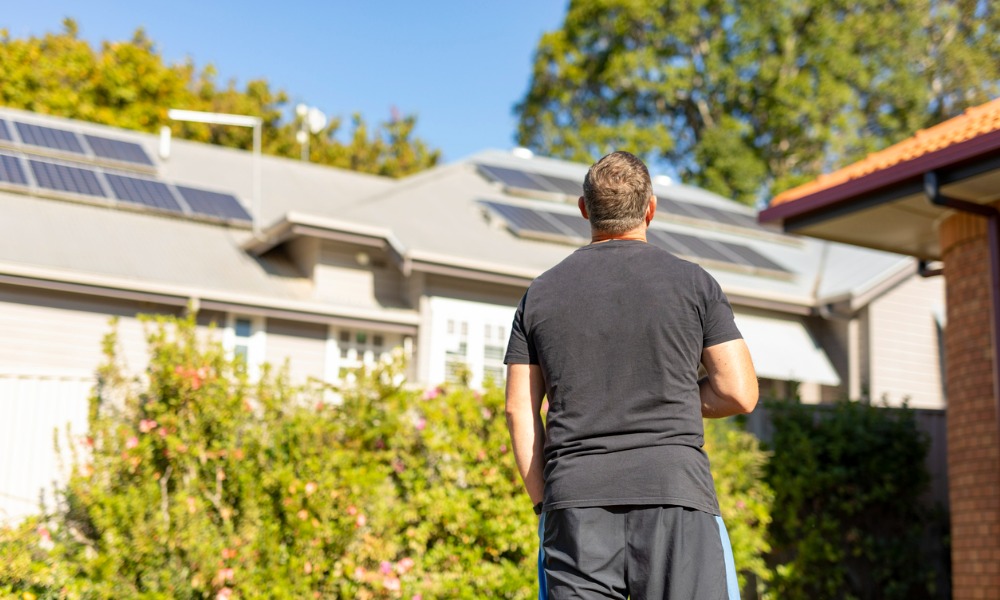House prices in climate-change hotspots could decline, leaving banks more exposed in cases of default, study says

Property in parts of Australia exposed to climate change and severe weather could see value declines that will leave banks less protected in case of default, according to research from the Reserve Bank of Australia.
About 3.5% of dwellings in Australia currently fall under an international definition of being at “high risk” from climate change, according to a study by RBA economists Kellie Bellrose, David Norman and Michelle Royters. But the study pointed out that the rise in climate risk that isn’t yet reflected in property prices was vital when considering banks’ exposures in climate-change hotspots, The Sydney Morning Herald reported.
The problem could be especially severe in Australia, the world’s driest inhabited continent, since mortgages make up about two-thirds of the major banks’ portfolios, the Herald reported.
“Climate change creates risks for the Australian financial system that will rise over time to become substantial if they are not properly managed,” the report said. “If current values do not fully reflect the longer-term risks of climate change, housing prices could decline, leaving banks with less protection than expected against borrower default.”
The regions predicted to see the largest spike in the proportion of high-risk properties by 2050 include densely populated areas in southeastern Queensland and northern New South Wales, which have a large number of houses at risk of coastal inundation, the Herald reported.
In order to estimate the potential impact of climate change on mortgage books, the study translated estimated house-price drops in climate-sensitive suburbs by 2050 into an implied change in borrower leverage, measured by loan-to-value ratios. The results suggested that climate change will result in about 400,000 additional mortgages – 2.5% of all home loans – having a loan-to-value ratio greater than 80%. Of those, about half would be greater than 90%.
Read next: RBA makes cash rate call
Classifying a home as “high risk” is based on the value at risk (VaR) exceeding 1%, the Herald reported. VaR is the annual predicted cost of climate-related damage relative to the replacement cost of dwellings.
A VaR change of 0.4 percentage points is equal to roughly a 10% decline in housing prices due to climate risk, according to the RBA study. Increases in insurance premium costs “would be incurred every year, and therefore could result in sizable declines in property values,” the study said.



